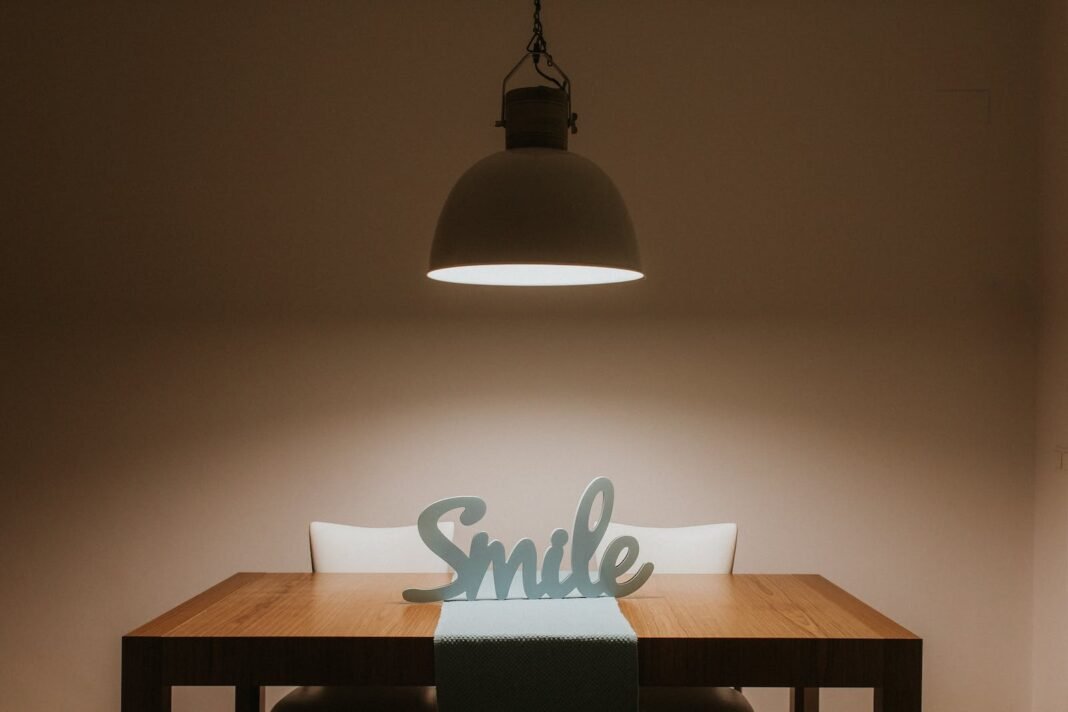It’s often said that the true art of home design lies in the fine details. Beyond selecting a pleasing decor style and desired color palette, there is something even more fundamental in creating a successful, well-functioning home. That “something” is careful and thoughtful furniture placement. Truly, designing balanced and functional spaces is part science, part art and entirely achievable for even the most novice of decorators. Read on to discover all the tips to master the art of furniture placement.
1. Moving Beyond ‘Functional’ – Understanding the Art of Furniture Placement
When it comes to the interior design of your home, it’s essential to master the art of furniture placement. Most of us feel perfectly content when the layout of the room is simple and functional. But the real art in furniture placement lies in being able to accentuate space with creative arrangements that flatter the room.
To achieve this effect, it helps to get away from the common “formulaic” approach to furniture placement. Break the rules and use unconventional approaches:
- Play with symmetry. Experiment with different positions to create asymmetric arrangements, or group furniture pieces together to create patterns.
- Play with dimensions. Use large furniture pieces to create the illusion of a cozier atmosphere. Or, keep furniture low to the ground to create a sense of grandeur or spaciousness.
- Play with balance. Move items out of their standard positions and try to achieve a sense of balance with your layout.
- Play with colors. Choose furniture pieces that can be used to highlight certain colors or reduce overall brightness in the room.
Ultimately, the idea is to use furniture to create a unique dynamic in the space. Apart from considering practical concerns (like spacing and accessibility) think of how each piece contributes to the overall aesthetic of the room. By trying out different shapes, colors, and patterns, you’ll be able to move away from seemingly “functional” furniture placement to find something that’s truly special.
2. Creating a Balanced, Harmonious Space
A balanced and harmonious space is essential for productivity and mental wellbeing. It can be achieved through mindful manipulation of the physical elements of your work space. Start with assessing the sightlines – what do you see as you enter the room? Is it energizing and inspiring, or a reminder of work yet to be done? Place any items that detract from the desired atmosphere subtly out of sight and bring in items that create a feeling of peace and comfort.
- Adorn walls with art and photos of the outdoors that evoke a feeling of tranquility
- Surround your chair with lush plants that provide a calming feeling
- Place a mirror opposite the desk to ensure comfortable sightlines
A balanced room should be a reflection of your personal taste. If you prefer a warm atmosphere, introduce warm hues through accents like cushions, throws, and artwork. If you favor cool colors, try grey tones with whites, beiges, and long curtains to maximize natural light. This kind of nuance can make the difference between a space that’s inspirational and engaging, and one that’s merely utilitarian.
Think carefully about materials too. A natural wooden floor brings a sense of calm, while a metallic lighting fixture could add spunk. Different textures bring a space to life – velvet, linens, silk, and fur can add dimension and interest to an area. Through curation of materials, you can create a space that’s balanced yet lively. Remember it’s your space, make it one that you look forward to spending time in.
3. Get Creative and Play with Proportions
As painters such as Van Gogh, Pollock, and Matisse have taught us, it’s fun and endlessly intriguing to play with proportions when creating art. When we work with proportion, we’re exploring the connection between size, shape, and scale to create something unexpected and fascinating.
It’s even more exciting when we apply this principle in easy and unique ways to everyday living. Like an artist, you can get creative and experiment with proportion. Here are a few ideas to get you creating:
- Furnishings: Swap out select pieces with bigger or smaller versions than expected. Like a rug that’s petite or an armchair that’s oversized? Interesting things are bound to happen, and you’ll have a great conversation piece.
- Wall Art: Incorporate artworks that are a different size or shape than the others. For example, hang a portrait with 2 abstract abstract pieces on either side, or try a landscape in a long, horizontal format.
- Outdoors: Create a balance between the large and small elements in your yard. Plant a tall shrub under cedars that are petite or use a variety of planters inside the walkway, as Vivian Maier’s home reveals.
Let imagination and experimentation be your guide! Exploring proportions can lead to exciting and inspiring discoveries. The most important part is to have fun with it and see what happens.
4. Tips for Perfect Furniture Placement
When it comes to furniture placement, you want to find the perfect balance of functional and stylish. Here are four tips for creating the most optimal furniture placement for your home:
- Determine Your Room’s Primary Purpose – The first step in creating the perfect furniture placement is to determine the primary purpose of the room. If it’s a living room, you may want to place your sofa and other large chairs in the center, while if it’s a bedroom, the bed should take priority.
- Measure Your Room & Furniture – Once you’ve figured out the room’s purpose, it’s time to do some measuring. Determine the dimensions of each piece of furniture and see how they fit into the room. You don’t want any piece to look overcrowded or cramped.
- Create a Focal Point – When it comes to furniture placement, it’s important to create a focal point. This could be a statement piece of furniture, like an armchair or entertainment center. It’s important to make sure that the focal point has enough space around it to not look overcrowded.
- Keep It Balanced – Balance is key to a successful furniture placement. Move pieces around and see what configurations look the best. Balance also goes hand-in-hand with symmetry as symmetry can create a sense of balance and order to a room.
Whether you’re moving into a new home or just rearranging, these four tips will help you create perfect furniture placement. Remember, it’s all about finding the right balance of functional and stylish. Good luck!
A well-designed room is your own personal masterpiece– the perfect combination of balanced and functional spaces. Designing the best layout with furniture placement can be an art form all its own, but with the proper planning and expert knowledge, you can transform your space into something special.



